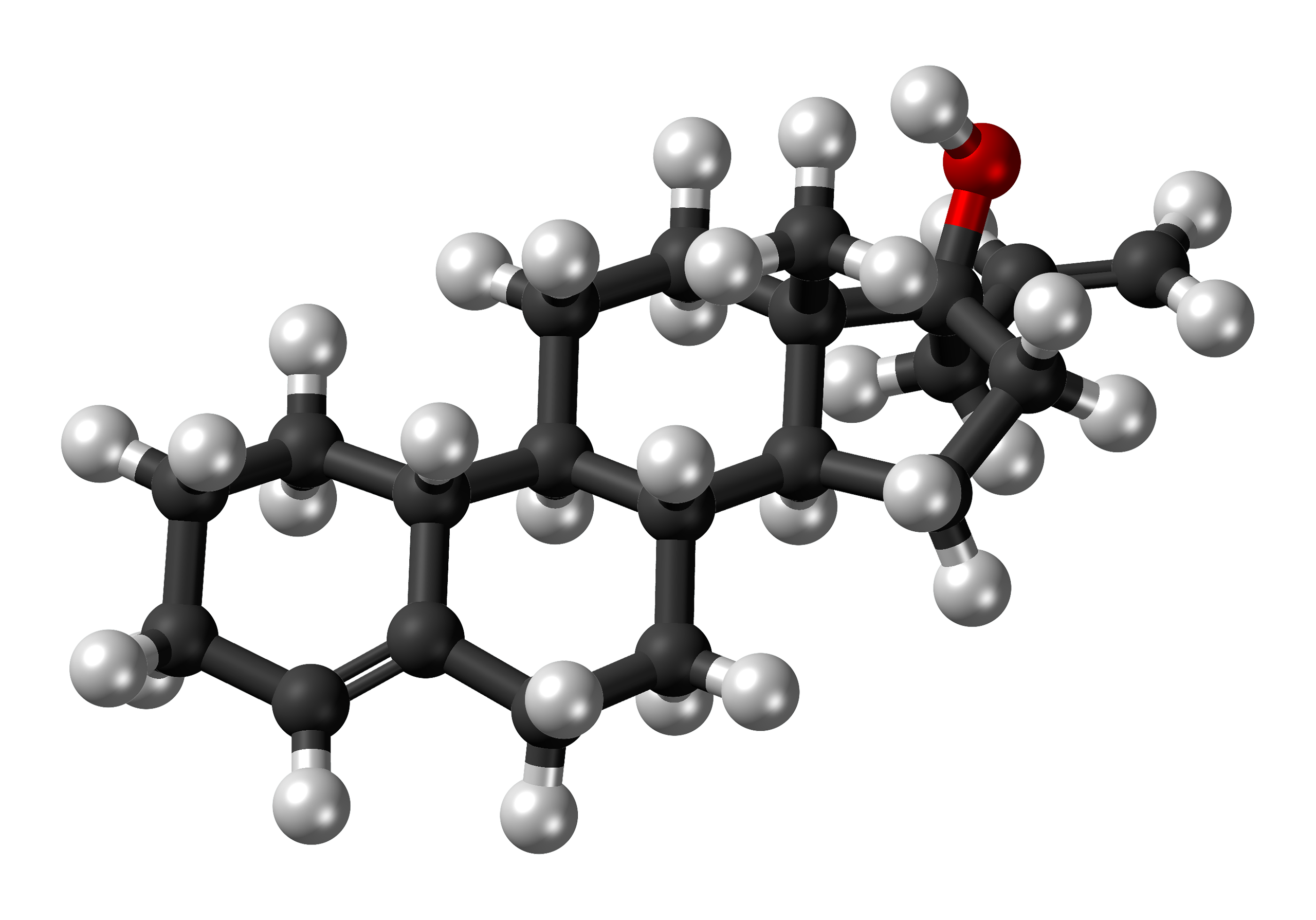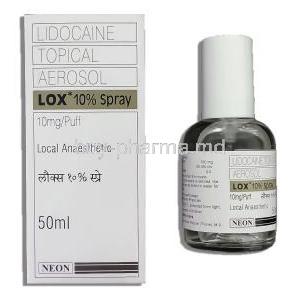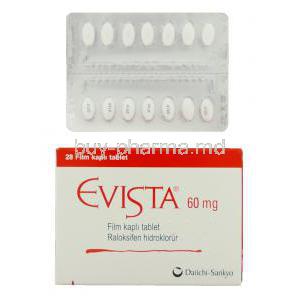Allylestrenol
- I. Introduction
- II. Uses of Allylestrenol
- III. Off-Label Uses of Allylestrenol
- IV. How Allylestrenol Works
- V. Dosage and Administration
- VI. Composition of Allylestrenol
- VII. Side Effects of Allylestrenol
- VIII. Interaction with Other Drugs
- IX. Warnings and Contraindications
- X. Careful Administration and Monitoring
- XI. Important Precautions
- XII. Administration to Specific Populations
- XIII. Overdosage of Allylestrenol
- XIV. Storage of Allylestrenol
- XV. Handling Precautions
- XVI. Conclusion
I. Introduction
Overview of Allylestrenol
Allylestrenol is a form of progesterone commonly prescribed to address repeated miscarriages and prevent premature labor in expectant mothers. By imitating the functions of progesterone, this medication supports a pregnancy by creating a favorable setting for the growth of the fetus.
Historical Background and Development
First introduced in the 1960s, Allylestrenol emerged as a remedy for different gynecological ailments. It represented progress in the realm of reproductive well-being by providing a fresh therapeutic choice in situations where only limited solutions were available.
Classification and Chemical Structure
Allylestrenol falls under the category of progestogens, which are hormones that have a significant role in the menstrual cycle and in supporting pregnancy. From a chemical standpoint, it is a C21 steroidal progestin meaning it has a steroidal structure as naturally produced progesterone.
II. Uses of Allylestrenol
Indications for Allylestrenol
- Methods to avoid recurring and potential miscarriages
- Ways to prevent preterm labor
References:
1: Allylestrenol - Wikipedia 2: Allylestrenol - Indications, Dosage, Side Effects and Precautions 3: Allylestrenol: Uses, Interactions, Mechanism of Action - DrugBank Online
Efficacy in Preventing Miscarriage
Allylestrenol has shown effectiveness in decreasing the likelihood of experiencing repeated miscarriages by nurturing the lining, thus creating a favorable environment for fetal growth. It functions as a substitute for progesterone, crucial for maintaining pregnancy.
References:
3: Allylestrenol - Wikipedia 1: Allylestrenol - Uses, Dosage, Side Effects, Price, Composition - Practo 2: Allylestrenol: Uses, Interactions, Mechanism of Action - DrugBank Online
Management of Threatened Preterm Labor
By exerting its properties, Allylestrenol helps relax the muscles in the uterus, which in turn reduces contractions and contributes to delaying premature labor. This crucial function allows the fetus to have time to develop inside the womb, potentially avoiding any complications that may arise from being born prematurely.
References:
1: Allylestrenol: View Uses, Side Effects and Medicines | 1mg 2: Allynol 5mg Tablet: View Uses, Side Effects, Price and Substitutes | 1mg 3: Allylestrenol - Wikipedia
III. Off-Label Uses of Allylestrenol
Endometriosis Management
Medical practitioners have proven Allylestrenol effective in addressing endometriosis, a medical condition characterized by the growth of tissue resembling the uterine lining outside the uterus. This condition often causes pain and complications with fertility.
References:
2: Allylestrenol - Wikipedia 3: Allylestrenol: Uses, Interactions, Mechanism of Action - DrugBank Online 1: Treatment of endometriosis: a review with comparison of 8 guidelines …
Menstrual Disorders
Allylestrenol, being a progestogen, can help regulate the cycle. Therefore it has been used in treating menstrual disorders like amenorrhea (lack of menstruation) and menorrhagia (excessive menstrual bleeding).
References:
1: Allylestrenol - Wikipedia 2: Allylestrenol - Uses, Dosage, Side Effects, Price, Composition - Practo 3: Dydrogesterone - Wikipedia
Other Emerging Off-Label Applications
Scientists are investigating how Allylestrenol could treat health conditions, including specific breast cancer and benign prostatic hyperplasia. This is because Allylestrenol can regulate pathways, which makes it a promising option for managing these conditions.
References:
1: [Clinical effects of allylestrenol on patients with benign prostatic … 2: [Clinical effect of allylestrenol on benign prostatic hypertrophy … 3: Epidemiology and pathophysiology of benign prostatic hyperplasia
IV. How Allylestrenol Works
Mechanism of Action
Allylestrenol works by attaching to progesterone receptors in the body. This attachment activates the receptors imitating the functions of progesterone and aiding in preparing the body's endometrium for a possible pregnancy.
Hormonal Effects on the Body
Allylestrenol causes adjustments in the mucus, making it thicker while also preventing the initiation of uterine contractions and encouraging the growth of the endometrial lining. These factors play a role in establishing and sustaining a successful pregnancy.
Influence on Uterine and Placental Environment
Allylestrenol plays a role in preparing the uterus to support and nourish a fertilized egg mimicking the effects of progesterone. This helps create a supportive environment for the growing fetus.
V. Dosage and Administration
Standard Dosage Guidelines
Usually, the appropriate amount of Allylestrenol differs based on the condition being addressed. In the case of a miscarriage, for example, doctors often suggest a daily dose ranging from 10 to 40 mg until the symptoms subside.
Route of Administration
Allylestrenol is commonly given in the form of tablets, which makes it a convenient choice for treating patients who can receive treatment outside of a hospital setting.
Adjusting Doses for Specific Conditions
Individuals with liver or kidney problems might require adjustments, to their medication dosage. It's necessary to use caution when prescribing this medication to these populations. Healthcare professionals must monitor these individuals regularly.
VI. Composition of Allylestrenol
Active Ingredients
The medication contains Allylestrenol, which's the active ingredient. Allylestrenol is a progestogen.

Inactive Components and Excipients
Typical tablet formulations might also have substances, like binders, fillers, and other additives that help deliver the medication. Some examples of these substances are starch, lactose, and magnesium stearate.
Available Formulations (Tablets, Capsules, etc.)
Allylestrenol is typically found in tablets with different strengths, like 5 mg and 25 mg.
VII. Side Effects of Allylestrenol
Common Side Effects
- Nausea
- Headache
- Breast tenderness
Serious Side Effects
In some instances, Allylestrenol may lead to more serious adverse reactions, like inflammation of the blood vessels (thrombophlebitis) or jaundice. It is essential to seek medical assistance if any of these symptoms occur.
Managing Side Effects: Tips and Advice
To help alleviate feelings of nausea, taking the medication alongside a meal is often recommended. If you experience side effects like headaches or breast tenderness, the counter pain relievers, as a healthcare professional suggests, may provide relief.
VIII. Interaction with Other Drugs
Potential Drug Interactions
Certain medications, like those that impact liver enzymes, can potentially disrupt the way Allylestrenol is processed, which could possibly change its effectiveness.
Allylestrenol and Alcohol Interaction
Although there is documentation regarding the specific effects of consuming alcohol while taking Allylestrenol, it is generally recommended to limit alcohol intake to avoid putting strain on the liver while using this medication.
Interactions with Herbal Supplements and OTC Medications
It's essential to be aware that certain herbal supplements, like St. Johns Wort, and over-the-counter medications, such, as anti-inflammatory drugs (NSAIDs) can potentially interact with Allylestrenol. To ensure your safety, it is highly recommended to consult with healthcare before initiating any new medication or supplement while taking Allylestrenol.
IX. Warnings and Contraindications
Absolute Contraindications
Allylestrenol should not be used in patients who're allergic to the drug or any of its ingredients. It is also not recommended for patients with conditions such as thrombophlebitis or thromboembolic disorders, severe liver problems, known or suspected breast or genital organ cancer, and unexplained vaginal bleeding.
Relative Contraindications
Certain medical conditions, such as epilepsy, migraines, asthma, and cardiac or renal dysfunction, need to be evaluated and monitored due to the possibility of risks outweighing the benefits.
Risk Assessment and Management
Healthcare providers must consider the advantages and disadvantages of Allylestrenol carefully. Conducting a patient history and examination is essential, along with a careful assessment of the patient's susceptibility, to blood clotting events and liver problems. Customized treatment strategies may be necessary to minimize any risks.
X. Careful Administration and Monitoring
Clinical Monitoring Parameters
Regular monitoring is crucial when undergoing Allylestrenol therapy. It is important to keep track of critical parameters such, as blood pressure, liver function tests, and thromboembolic markers.
Laboratory Tests to Consider
To ensure safety, healthcare providers should consider the following tests when ordering; blood counts, coagulation profile panels to assess renal function, and liver function tests.
Special Populations: Elderly, Pregnant, Nursing, Pediatric
Extra care must be taken when giving Allylestrenol to groups. The elderly might have a chance of experiencing adverse reactions. Pregnant and breastfeeding women need an assessment of the risks and benefits, while the safety and effectiveness of Allylestrenol, in children still need more solid evidence.
XI. Important Precautions
When to Avoid Allylestrenol
It is advisable to avoid using Allylestrenol if the patient has uncontrolled high blood pressure, severe liver disease, or a high likelihood of developing blood clotting issues. These conditions come with risks that usually outweigh any potential advantages.
Safeguarding Liver and Kidney Health
Regularly monitoring liver enzymes and serum creatinine levels is crucial to safeguard the health of the liver and kidneys. If significant changes are observed, it is generally recommended to stop taking the medication.
Precautions for Long-term Use
Ongoing monitoring is essential for patients who need long-term Allylestrenol treatment. It is vital to have health check-ups conduct laboratory tests, and carefully adjust the dosage to minimize any potential risks arising from using it for an extended period.
XII. Administration to Specific Populations
Administration to Elderly Patients
Regarding patients, the way the body processes Allylestrenol may change. That's why starting treatment with a dose and adjusting it is essential based on how well the patient responds and their ability to tolerate it.

Administration to Pregnant Women and Nursing Mothers
Although Allylestrenol is commonly prescribed to prevent miscarriages, it should only be used during pregnancy if necessary. It is essential to consider both the potential risks and benefits. For breastfeeding mothers, it's worth noting that it is uncertain whether Allylestrenol is excreted in milk, so caution should be exercised.
Administration to Children: Safety and Efficacy
The safety and effectiveness of Allylestrenol in children have not been proven yet. Therefore it should only be used in this age group as a treatment under careful clinical observation.
XIII. Overdosage of Allylestrenol
Signs and Symptoms of Overdose
Although it is uncommon to experience amounts of Allylestrenol if it does occur, some possible symptoms may include feelings of nausea, vomiting, drowsiness, and dizziness.
Management and Treatment Options
If someone overdoses, it is crucial to seek medical attention. The primary approach, to managing this situation is providing supportive care. It's important to monitor vital signs and quickly take any necessary actions.
Preventing Overdose: Best Practices
To avoid the risk of taking much medication, it is crucial to follow the prescribed dosages exactly as instructed attend regular check-up appointments with your healthcare providers and ensure that the drug is kept safely away, from children.
XIV. Storage of Allylestrenol
Ideal Storage Conditions
It is recommended to store Allylestrenol at room temperature from direct light and moisture. Avoid keeping it in the bathroom, and make sure to hold it in its container.
Shelf Life and Stability
Typically Allylestrenol can be stored for 2 3 years. It's essential for patients to seek guidance from their pharmacist regarding the durability and proper usage of the medication.
Disposal of Expired Medication
It would be best to safely dispose of expired or unused Allylestrenol to prevent any risks to others. Its recommended to consult with a pharmacist or local waste disposal company for instructions, on how to do so.
XV. Handling Precautions
Safe Handling of Allylestrenol
When using Allylestrenol, it is important to follow the safety measures. Keep the medication in its container and avoid dividing or transferring it into different containers.
Protecting Caregivers and Household Members
Like any medication, it's essential to keep Allylestrenol out of the reach of children and other household members. After giving the medication, caregivers should make sure to practice hand hygiene.
XVI. Conclusion
Summary of Key Points
Allylestrenol, a man-made hormone to progesterone, is widely used to help prevent miscarriage and premature labor. However, it should be used with caution and careful monitoring due to the risks involved.
The Current Landscape of Allylestrenol Use
At the moment, Allylestrenol continues to be a resource in certain situations related to reproductive health. It is widely utilized, although it has some controversy due to the risks involved.
Future Research and Potential Developments
The field of therapy for Allylestrenol is constantly changing. Researchers are actively working to understand its safety profile better, discover potential uses and improve its effectiveness in clinical settings.















